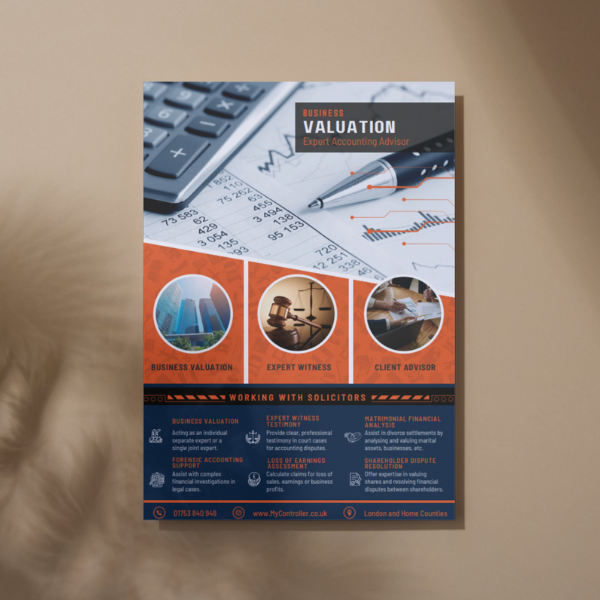Preparing Your SME for Exit: A Couch to Marathon Journey
Preparing Your SME for Exit: A Couch to Marathon Journey
Exiting a business isn’t just about selling—it’s about maximizing value, ensuring a seamless transition, and leaving behind a strong legacy. Whether your company is five years, three years, or just 12 months away from a potential exit, proper planning is essential to achieving the best possible outcome.
Yet, many SME owners approach exits reactively, rushing to tidy up financials at the last minute. This often leads to missed opportunities, undervalued sales, or deals falling through. In fact, 48% of business owners do not have a formal exit plan in place, leaving them vulnerable to financial instability when they decide to step away. At MyController, we believe exit planning should follow the same principles as training for a marathon—structured, progressive, and designed to build strength over time.
The Cost of Poor Exit Planning
Failing to prepare for a business exit can be costly:
- 81% of business owners regret not preparing for their sale—many realize too late that they could have maximized their valuation.
- Only 17% of businesses successfully complete the sale process—the rest fail due to valuation mismatches, operational inefficiencies, and lack of buyer confidence.
- 70%–90% of mergers and acquisitions fail— often due to unrealistic synergy expectations and poor pre-sale planning by business owners, leading to integration challenges.
- 70% of family business transitions fail, largely because succession planning was overlooked; so you even need a plan if you are keeping it in the family.
Like fitness training, businesses move through three key phases based on their timeframe:
- 5 Years Before Exit – Elite Training Plan: Long-term strategic growth, leadership development, and financial structuring.
- 3 Years Before Exit – Intermediate Training Plan: Strengthening profitability, operational efficiency, and readiness for investor due diligence.
- 1 Year Before Exit – Sprint Training Plan: An intensive 12-month program across 8 Sprint Cycles and 46 focused sprints to maximize valuation before sale.
Each phase builds on the last, ensuring businesses exit stronger, more profitable, and fully prepared for negotiations.
The Exit Planning Spectrum: When Should You Start?
Just like marathon training, the earlier you start preparing, the greater your final outcome. Let’s break down the three engagement timelines:
5 Years Before Exit: Elite Training Plan
At this stage, businesses undergo a full transformation to maximize long-term valuation. This includes expanding market position, optimizing leadership structures, and aligning financials for future investor interest. Companies following this plan have the best exit outcomes, with stronger negotiations, higher sale prices, and seamless transitions.
3 Years Before Exit: Intermediate Training Plan
The focus here shifts to profitability, scalability, and operational readiness—much like moving from casual running to race-level training. Businesses work on refining financial structures, improving efficiency, and preparing critical documentation for due diligence. Strengthening profitability and optimizing revenue streams can increase profits by 10%–30%, giving businesses a stronger exit position before engaging with potential buyers.
1 Year Before Exit: Sprint Training Plan
For companies close to selling, exit planning becomes an intense sprint. This final year consists of 8 structured Sprint Cycles and 46 total sprints, ensuring businesses rapidly improve their balance sheet, operational KPIs, and valuation benchmarks.
Like an athlete fine-tuning performance before race day, businesses prepare for sale through structured progress tracking, financial optimization, and strategic positioning. The reality is that 30% more profit can be gained when businesses optimize their financial strategies before exit—yet many fail to do so.
Why a Sprint-Based Exit Approach Works
Traditional exit planning feels overwhelming—business owners often push critical decisions until the last minute, reducing their ability to maximize value. Our structured progressive training approach allows companies to systematically increase strength, eliminate inefficiencies, and maximize market positioning over time.
By treating exit preparation like fitness training, SMEs work towards a higher valuation, a smoother transition, and a stronger legacy. Whether you have 5 years, 3 years, or just 12 months, our structured Couch to Marathon strategy ensures a stronger, more valuable exit.
Coming Up Next
In the next blog, we’ll explore the Elite 5-Year Plan, revealing how businesses can start early to maximize their exit strategy.
Share:







